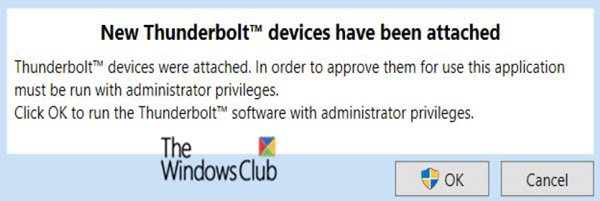You should know that USB-C and Thunderbolt both utilize the same reversible port. While a USB-C port and Thunderbolt port look the same, Thunderbolt has some extra hardware compared to the more widely-adopted USB-C. It’s important to know, too, that your USB-C accessories and cables will work with a Thunderbolt port. All Thunderbolt ports are also USB-C ports. However, not all USB-C ports are also Thunderbolt ports. In the S5, or shutdown, state, the machine has no memory state and is not performing any computational tasks. The only difference between system power states S4 and S5 is that the computer can restart from the hibernate file in state S4, while restarting from state S5 requires rebooting the system. State S5 has the following characteristics:
Power consumption: Off, except for trickle current to devices such as the power button.Software resumption: Boot is required upon awakening.Hardware latency: Long and undefined. Only physical interaction, such as the user pressing the ON switch, returns the system to the working state. The BIOS can also awaken from a resume timer if the system is so configured.System hardware context: None retained.
Thunderbolt software not working on Windows 11/10
On a Thunderbolt Dock, several devices, such as a keyboard, mouse, and USB encryption key, are attached. If you have enabled Fast Startup on a Windows computer and do the following: In this scenario, there is a five percent failure rate for all the devices that are attached to the Thunderbolt Dock. In this situation, the devices stop working even if they are listed in the Device Manager. When the failure occurs, the functionality of the devices cannot be restored by re-attaching the Thunderbolt Dock. To resolve this issue, Microsoft recommends that you restart the Windows computer. That’s it!

